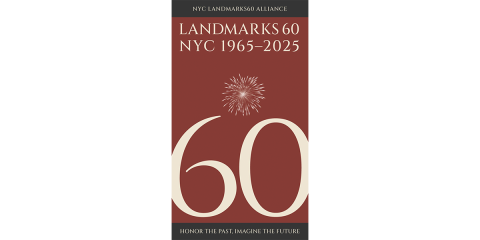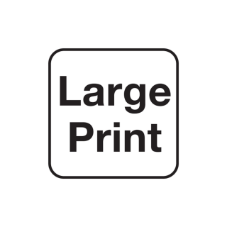Visit The New York Public Library's flagship building between April 8 and April 10 for a rare opportunity to see the Flushing Remonstrance, on loan from the New York State Archives in Albany. An early handwritten copy of the legendary 17th-century document is the centerpiece of a display that tells the story of one community's stand against intolerance and how it continues to resonate in the struggle for freedom of conscience and expression. Singed during a fire at the New York State Capitol in 1911, this first English copy of the Remonstrance is rarely on public view.
In 1657, a bold petition emerged from the small settlement of Vlissingen in the Dutch colony of New Netherland (now Queens, New York). Known as the Flushing Remonstrance, this document challenged the rigid religious policies enforced by Director-General Peter Stuyvesant. Its signers, comprising settlers of various faiths, lobbied for the freedom to worship according to conscience, arguing that divine law—not state edict—should guide personal belief.
The Remonstrance is celebrated as one of the earliest expressions of the idea that individuals have a fundamental right to religious liberty. Its advocates contended that toleration was not merely a civic virtue but a natural right, laying the ideological groundwork for the later development of religious freedom in America. Although the petition did not immediately transform policy, its legacy endured, influencing generations of thinkers and leaders and foreshadowing the protections enshrined in the United States Constitution.
This display invites you to explore the origins and impact of the Flushing Remonstrance and to discover how a small community's courageous stand against intolerance continues to resonate in the ongoing struggle for freedom of conscience and expression.
This display is curated by Ian Fowler, Curator of Maps, History and Government Information, The New York Public Library.
















